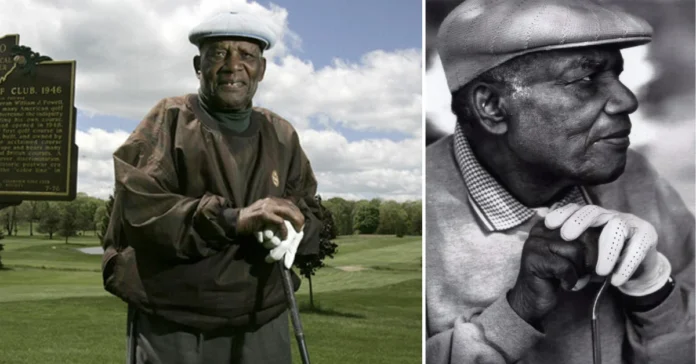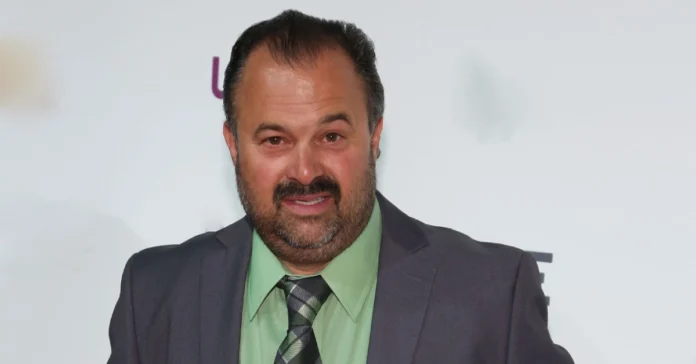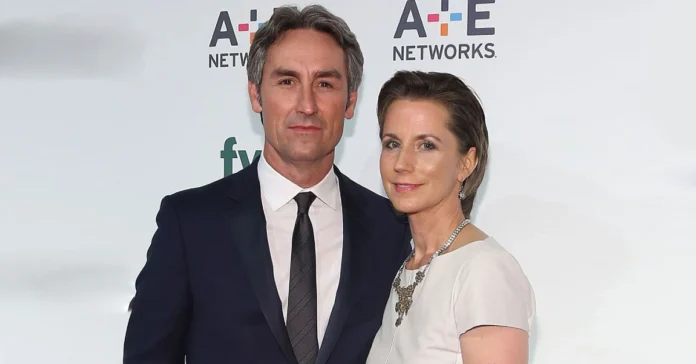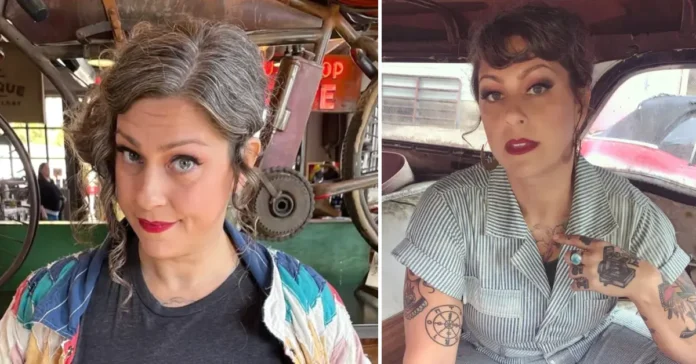“The only color that matters is the color of the greens.” This simple yet powerful statement came from William James “Bill” Powell, a man who spent his life proving that determination could overcome any barrier. Born in 1916 and passing in 2009, Powell became the first African American to design, build, and operate a professional golf course in the United States—Clearview Golf Club in East Canton, Ohio.
Who is Bill Powell?
Bill Powell was more than just a golf course owner. He was a barrier-breaker who turned rejection into opportunity. When banks refused him loans and country clubs wouldn’t let him play, Powell didn’t give up. Instead, he bought 78 acres of farmland and built his own course from scratch.
Powell’s story begins with a simple dream: to create a place where anyone could play golf, regardless of race. What started as one man’s response to segregation became a family legacy that continues today through his daughter, Renee Powell, a former LPGA professional and current steward of Clearview.
Early Life: From Alabama Roots to Ohio Fairways
William James Powell was born in Uniontown, Alabama, in 1916. His family moved north during the Great Migration, eventually settling in Ohio, where young Bill first discovered golf. Unlike many of his peers, Powell found himself drawn to the precision and quiet challenge of the game.
He attended Wilberforce University, where his love for golf deepened. But his education was interrupted by World War II, where he served his country with honor. After returning from military service, Powell worked various jobs while nurturing his golf dreams. The problem was simple: very few courses would allow Black golfers to play.
Why He Couldn’t Play—and Why He Built Clearview
The 1940s were a time of strict segregation in American golf. Public courses were rare, and private clubs maintained whites-only policies. Powell faced rejection after rejection when he tried to play at local courses. Even when some facilities allowed Black golfers, they often restricted playing times to early morning or late evening hours.
Bank after bank turned down Powell’s loan applications when he proposed building his own course. The financial institutions couldn’t see past the color of his skin to recognize his vision and determination. But Powell had learned persistence from a lifetime of overcoming obstacles. He found alternative financing and purchased 78 acres of farmland in East Canton, Ohio, in 1946.
The land wasn’t ideal—it needed extensive drainage work and careful grading. But Powell saw potential where others saw problems. He spent two years preparing the property, often working by hand with basic tools and the help of family members.
Golf Course Owner and Designer
In 1948, Powell opened Clearview Golf Club as a 9-hole course. He had designed and built every aspect himself, from the layout of the fairways to the drainage systems. This wasn’t just unusual for the era—it was revolutionary. While other courses hired professional designers and construction crews, Powell relied on his own vision and sweat equity.
The course reflected Powell’s practical approach to golf. He created challenging but fair holes that tested players without overwhelming beginners. The design emphasized playability over intimidation, welcoming golfers of all skill levels.
By 1978, Powell had expanded Clearview to a full 18-hole championship course. Each addition maintained his original philosophy: golf should be accessible, enjoyable, and open to everyone. The expansion included a clubhouse, pro shop, and practice facilities that rivaled any course in the region.
Clearview by the Numbers
Powell’s achievement becomes even more impressive when you consider the scope. He purchased 78 acres in 1946, opened 9 holes in 1948, and completed the 18-hole layout thirty years later. In 2001, Clearview Golf Club was added to the National Register of Historic Places, recognizing its significance in American sports and civil rights history.
A Family Project: Marcella and Renee Powell
Powell never worked alone. His wife, Marcella, was his partner in every sense. She helped with the physical labor of building the course, managed the business side of operations, and supported the family through the lean early years. Without her dedication, Clearview might never have survived its challenging beginning.
Their daughter, Renee Powell, grew up on the course. She learned to play golf almost before she could walk, developing skills that would eventually take her to the LPGA Tour. Renee became one of only a handful of African American women to play professional golf at the highest level.
Today, Renee continues her father’s mission at Clearview. She teaches golf to young people through various programs and maintains the course’s reputation for excellence and inclusion. Her work ensures that Bill Powell’s vision lives on for future generations.
Recognition, Honors, and Historic Status
Recognition came slowly for Powell, but it did come. In 2001, Clearview Golf Club was listed on the National Register of Historic Places, acknowledging its role as the first golf course designed, built, and operated by an African American.
The National Black Golf Hall of Fame inducted Powell, celebrating his pioneering spirit and lasting impact on the game. In 2009, shortly before his death, the PGA of America honored Powell with its Distinguished Service Award, recognizing his lifelong commitment to making golf more inclusive.
These honors meant a great deal to Powell, but they weren’t why he built Clearview. He created the course because he believed everyone deserved the chance to play golf, and he was willing to build that opportunity himself when others wouldn’t provide it.
What Made His Message Stick: Small Quotes and On-Course Philosophy
Powell wasn’t known for grand speeches or publicity campaigns. Instead, he let his actions and simple wisdom speak for him. His most famous quote—”The only color that matters is the color of the greens”—captured his entire philosophy in nine words.
This wasn’t just clever wordplay. Powell genuinely believed that golf could bring people together across racial lines. He welcomed players of all backgrounds to Clearview, creating an environment where skill and sportsmanship mattered more than skin color.
His approach was quiet but effective. Rather than confronting segregation with protests or demands, Powell simply built a better alternative. Clearview became proof that integration worked, one round of golf at a time.
Legacy Today: Clearview, Renee, and Modern Relevance
Clearview Golf Club continues to operate as a public course, maintaining Powell’s commitment to accessibility. The facility hosts tournaments, offers lessons, and welcomes golfers of all ages and abilities. Under Renee’s leadership, the course has modernized while preserving its founding principles.
Renee Powell’s own achievements extend her father’s legacy. As an LPGA professional and respected teacher, she has introduced thousands of young people to golf. Her work with junior programs and diversity initiatives carries forward Bill Powell’s belief that golf should be available to everyone.
In an era where golf still struggles with issues of access and inclusion, Powell’s story remains relevant. His example shows what’s possible when vision meets determination, and when barriers become stepping stones rather than stop signs.
Why Bill Powell Matters Beyond Golf
Bill Powell’s significance extends far beyond sports history. He represents the American entrepreneurial spirit at its best—taking an obstacle and turning it into an opportunity. His story connects to broader themes of civil rights, business innovation, and community building.
Powell proved that progress doesn’t always require grand gestures or massive movements. Sometimes change comes through the quiet persistence of individuals who refuse to accept limitations. By building Clearview, he created more than a golf course. He built a symbol of what America could become when barriers fell.
His approach offers lessons for modern challenges. Rather than waiting for others to solve problems or grant permission, Powell took action. He identified a need, developed a solution, and executed his plan despite numerous obstacles.
Final Note: Visiting Clearview and Sources for Deeper Reading
Clearview Golf Club remains open to the public in East Canton, Ohio. Visitors can experience firsthand the course that Bill Powell built and see how his vision continues today. The facility offers a tangible connection to an important chapter in American sports and civil rights history.
For those interested in learning more about Powell’s remarkable story, several excellent resources provide deeper insight. The Wikipedia entry on Bill Powell offers comprehensive biographical information, while BlackPast.org provides valuable historical context. The short film “Bill Powell: More Than A Game” brings his story to life through interviews and archival footage.
Bill Powell’s legacy lives on in every golfer who plays at Clearview, in every young person Renee Powell teaches, and in the ongoing effort to make golf truly accessible to all. His story reminds us that sometimes the most profound changes come not from those who demand opportunity, but from those who create it themselves.




